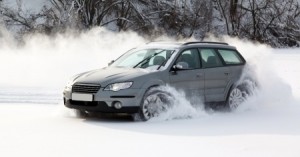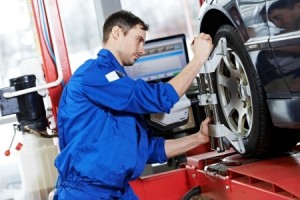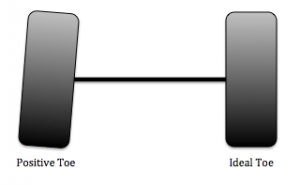 The Thanksgiving holiday is one of the biggest travel dates each year, as millions of drivers hit the road to head home to their families. In fact, AAA recently announced that over 43 million Americans will travel over 50 miles to visit friends and family over the four-day holiday break, so don’t be surprised if you run into some traffic. Today, we share five tips to keep in mind when planning your holiday travel.
The Thanksgiving holiday is one of the biggest travel dates each year, as millions of drivers hit the road to head home to their families. In fact, AAA recently announced that over 43 million Americans will travel over 50 miles to visit friends and family over the four-day holiday break, so don’t be surprised if you run into some traffic. Today, we share five tips to keep in mind when planning your holiday travel.
1) Leave Early or Late – The busiest travel times for Thanksgiving are Wednesday evening, Thursday morning, and Sunday afternoon. Make plans to avoid these peak times so you don’t get stuck in traffic.
Wednesday evening is a busy travel time because students head home after class, and many adults head off after work. This creates a log-jam on busy highways between 4pm and 7pm. Consider taking a half-day on Wednesday or taking off after the initial rush to avoid delays. Same goes for Thanksgiving Day. The roads are often packed between 8am and 11am as travelers head off for Thanksgiving, so give yourself some extra time to get to your destination. Sundays are also busy as travelers return after the holiday weekend. Leave Sunday morning or Sunday evening to avoid traffic.
2) Avoid Major Highways – Major highways can be a major headache during peak travel hours. While a three- or four-lane highway might seem like the best option, if a crash occurs, you could be backed up for hours. If possible, stick to smaller highways that have less traffic. Sometimes the most direct route isn’t the fastest if everyone takes the same path. Research some alternate routes to your destination in case one way is backed up.
3. Be Prepared – Although there isn’t really any snow on the ground right now, there’s a decent chance we’ll see some snow over the holiday weekend. This can be troublesome as many drivers are still in “summer mode†when it comes to driving, and because others may be ill-prepared in the event of an accident. Keep a jacket or some blankets in the trunk in case you get stranded on the side of the road, and make sure your cell phone is fully charged before you hit the road. Also, check out this related post on what to keep in your car in the event of an emergency.
4. Winterize Your Car– As we mentioned in a post earlier this month, make sure you winterize your car before departing on a road trip. Besides keeping your trunk stocked with winter basics, make sure your car is ready for the cold weather. Check your fluid levels, make sure your battery is in good condition, and consider swapping out your all-season tires for winter tires. Snow tires are specifically designed to help you grip the road, and they can make the difference between getting to your destination or ending up in a ditch. Talk to your local mechanic about installing winter tires today.
5. Entertainment – If you’re traveling a long distance with kids in the car, you know how important it is to keep them entertained. Popping a DVD into the player may work for a little bit, but even television can get boring after a while. Pack other essentials, like their favorite I Spy book or a sketchpad to draw on. Have them design a Thanksgiving card for grandma or grandpa. As for adults, a long drive by yourself can make you drowsy, so pack some items for your trip as well. Grab a book on tape from the library, or stock your iPod with upbeat music to keep you awake. Get a good night’s rest the night before, and don’t forget to grab a coffee on your way!

 Brace yourself. Winter is coming. Make sure you take appropriate steps to ensure your car is ready for another cold Minnesota winter. Below, we share some tips to help you winterize your car.
Brace yourself. Winter is coming. Make sure you take appropriate steps to ensure your car is ready for another cold Minnesota winter. Below, we share some tips to help you winterize your car.

